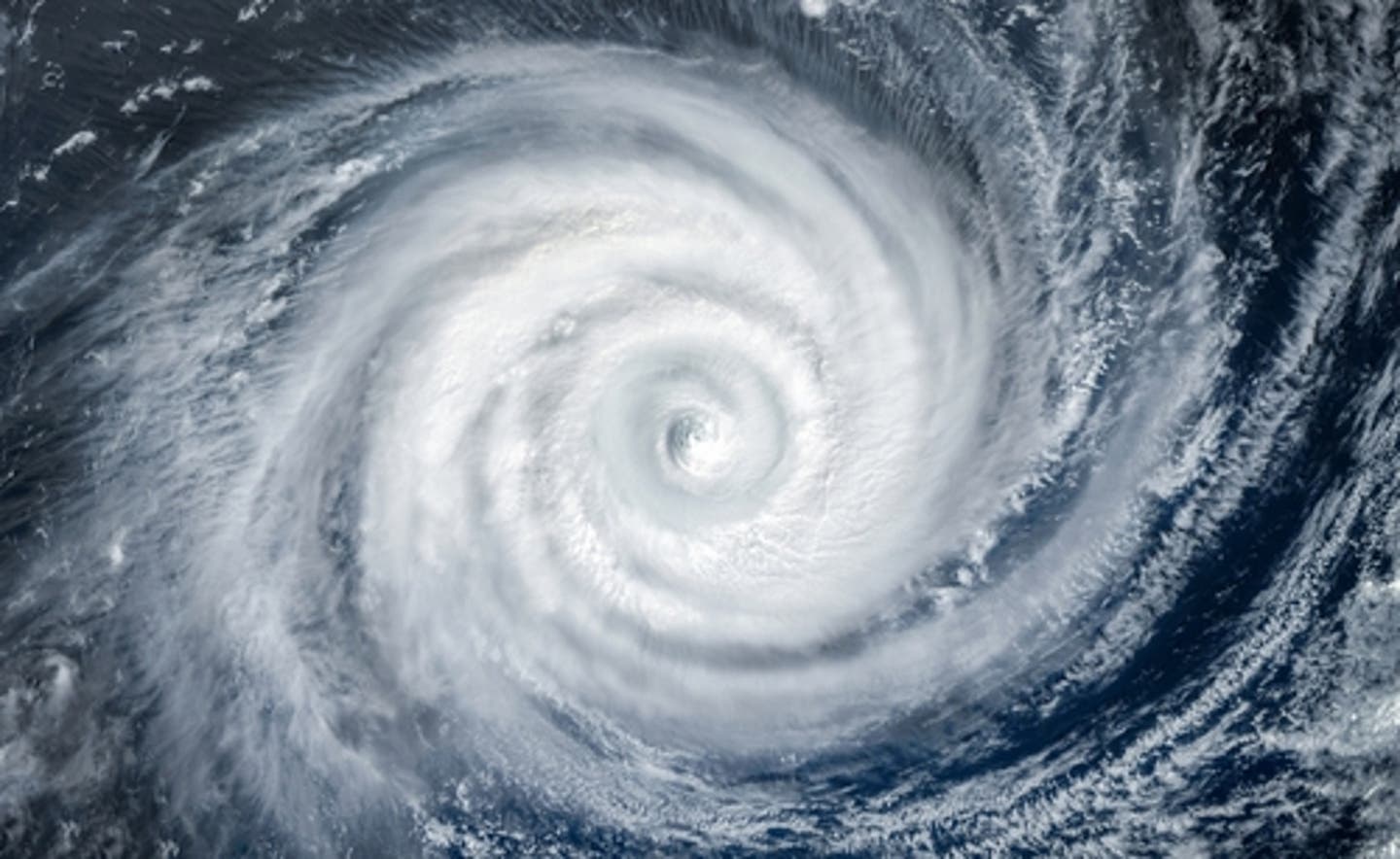
All around the globe, weather events known as hurricanes form in the ocean, sometimes striking land with incredible force (or, if conditions are favorable, dissipating before they reach land). When these events make the news, they’re referred to by multiple terms, such as “typhoons,” “monsoons,” or “tropical cyclones.” What exactly is the difference between these types of storms?
What’s a Hurricane?
According to the National Oceanic and Atmospheric Administration’s (NOAA) National Weather Service, a hurricane is “a well-defined system of showers and thunderstorms with a well-defined circulation center with maximum winds of 74 mph (64 knots) or greater.”
Researchers at NOAA’s National Ocean Service state that hurricanes first form in the Atlantic basin. This includes the Gulf of Mexico, the Caribbean Sea, the Atlantic Ocean itself, the eastern North Pacific Ocean, and sometimes, the central North Pacific Ocean.
What is a Typhoon?
A typhoon is “A violent wind that has a circular movement, found in the West Pacific Ocean.”
The difference between a typhoon vs. hurricane is mostly related to location as well as winds speeds, but more on that later.
What’s a Monsoon?
A monsoon is defined as a seasonal change in the direction of the prevailing, or strongest, winds of a region.
Monsoon facts:
- Monsoons can happen both during the summer and winter.
- The different monsoon types largely determine the climate in places like Southeast Asia and India.
- Monsoons are most frequently associated with the Indian Ocean.
- Monsoons can cause both dry and wet seasons throughout most of the tropics.
What is a Tropical Cyclone?
A tropical cyclone is a warm-core low pressure system, without any front attached, that develops over the tropical or subtropical waters and has an organized circulation.
Notably, these include both hurricanes and typhoons. However, not all tropical cyclones become hurricanes or typhoons. The difference between a cyclone vs. hurricane is mostly related to winds speeds.
Similarities and Differences Between these Four Storms
| Type of Storm | Commonalities | Differences |
| Hurricane |
|
|
| Typhoon |
|
|
| Monsoon |
|
|
| Tropical Cyclone |
|
|
Three hurricane seasons:
- The Eastern Pacific Ocean hurricane season is May 15th through November 30th.
- The Central Pacific, where Hawaii is located, experiences hurricane season from June 1st to November 30th.
- The Atlantic Ocean hurricane season extends from June 1st to November 30th.
Typhoon season takes place year-round (however, typically 95% of typhoons occur after May 1st).
No Matter the Natural Disaster, SERVPRO is Here to Help®
Whether you experience a hurricane, typhoon, monsoon, tropical cyclone, or more, SERVPRO is ready to provide disaster cleanup, restoration, and construction services around the clock. Our website provides plenty of information about disaster cleanup, restoration, and construction.
To learn more, we encourage you to visit our FAQ and glossary.